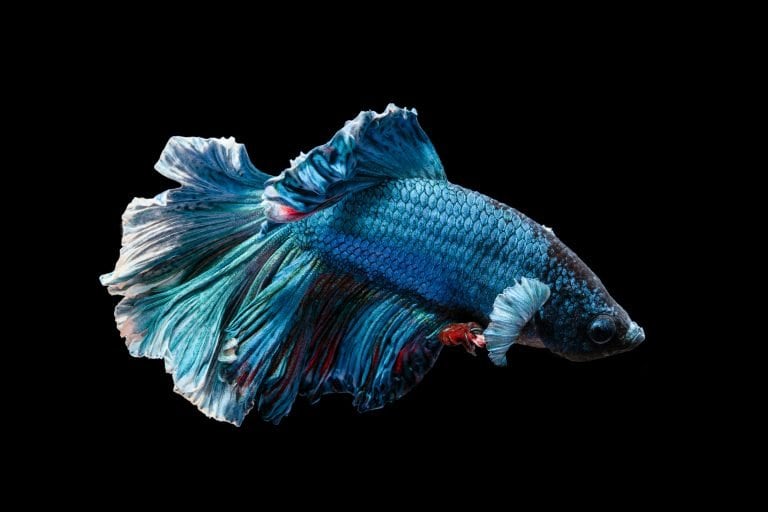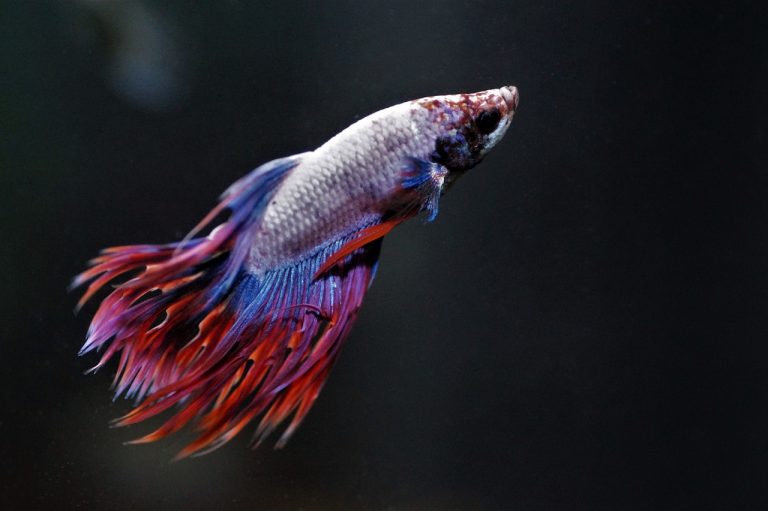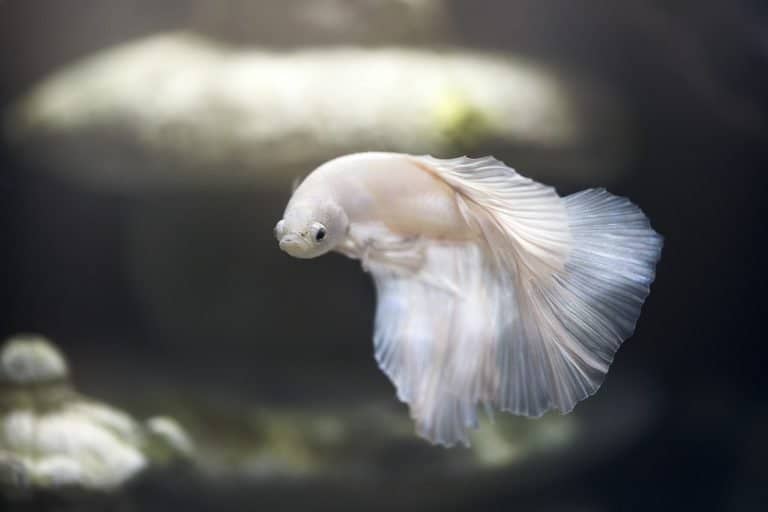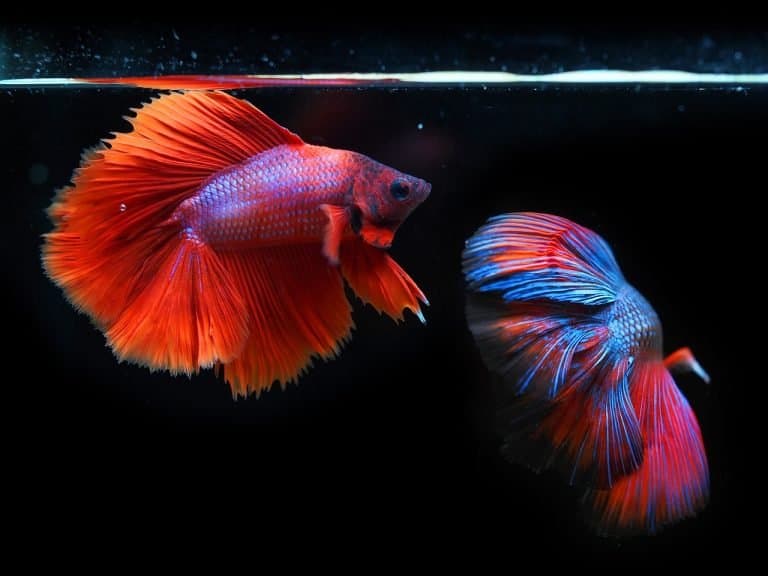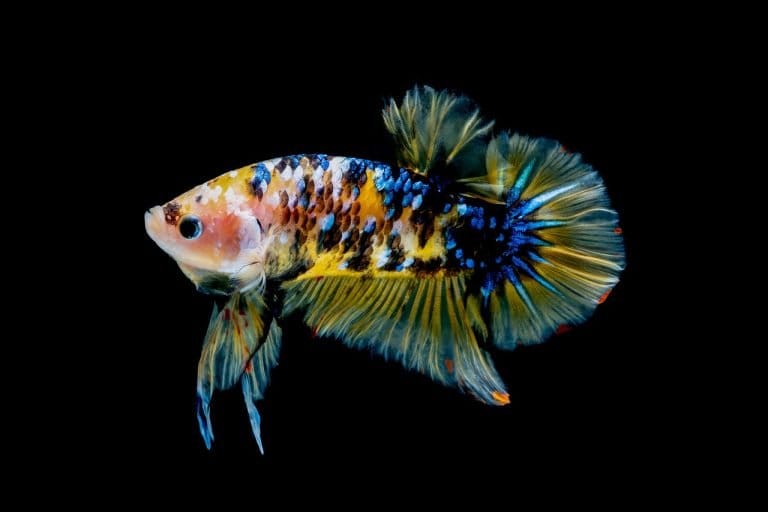In the nuanced world of Betta fish behavior, distinguishing between aggression and playfulness is pivotal to ensuring their well-being and freedom within their aquatic domain.
Bettas, with their vivid colors and dynamic displays, often communicate through a complex array of gestures and actions. Discerning these signals allows aquarists to foster an environment conducive to their flourishing, free from undue stress and potential harm.
This exploration into Betta demeanor involves a careful examination of visual cues, movement patterns, and interaction dynamics. It is through this understanding that one can create a habitat that respects their instinctive needs and behaviors, and allows these captivating creatures to thrive in a manner reflective of their natural dispositions.
Key Takeaways
- Understanding betta behavior involves complex gestures, visual cues, movement patterns, and interaction dynamics.
- Distinguishing between aggression and playfulness is crucial for responsible pet ownership.
- Flaring gills, tail biting, color intensification, and fin spreading are signs of aggression.
- Bubble nest construction and tail wiggling are indications of playfulness and contentment.
Understanding Betta Behavior
In observing Betta fish, distinguishing between displays of aggression and signs of playfulness is critical for responsible pet ownership and ensuring their well-being.
Betta communication is nuanced, often conveyed through body language, with tail patterns serving as a prominent indicator. Scientific scrutiny of Betta splendens reveals that aggressive postures typically involve flared gills, spreading fins, and stiffened tail movements. These are intended as signals to assert dominance or defend territory.
Conversely, playful behavior is characterized by more fluid and less confrontational tail patterns, with fins often relaxed.
The intricacies of these signals are paramount for interpreting Betta interactions, allowing owners to foster an environment that respects the species’ intrinsic need for social hierarchy while mitigating undue stress.
Signs of Aggression
Several distinct behaviors exhibited by Betta fish, such as gill flaring, color intensification, and fin spreading, unambiguously indicate aggression. These signs are critical to interpret, ensuring the betta’s environment remains conducive to its well-being.
- Flaring gills:
- This act, often a response to a perceived threat, serves as a display of dominance and territoriality.
- The gills puff outwards, significantly enhancing the fish’s perceived size.
- Tail biting:
- A manifestation of stress or frustration, possibly due to confinement or lack of stimulation.
- This self-injurious behavior can lead to damaged fins, necessitating a reassessment of the betta’s habitat and enrichment.
Analyzing these signs is imperative for anyone dedicated to fostering a habitat that respects the inherent need for freedom and expression in these complex creatures.
Indications of Playfulness
Observing bubble nest construction can often be a delightful indication of a Betta fish’s playful and contented behavior. This activity not only serves reproductive purposes but also as Betta enrichment, contributing to their overall well-being. It is a manifestation of an innate drive, reflecting a stable and hospitable environment that allows for the expression of natural behaviors.
Tail wiggling is another observable behavior that may signify playfulness. Analytically, this action can be distinguished from aggression-related tail movements by its context and frequency. Tail wiggling often occurs during moments of apparent contentment and exploration, rather than as a display of dominance or territoriality.
| Behavior | Playfulness Indicator |
|---|---|
| Bubble Nest Construction | Yes |
| Active Exploration | Yes |
| Tail Wiggling | Yes |
| Flaring Without Provocation | No |
| Frequent Surface Breaching | No |
Interpreting Social Interactions
Betta fish exhibit a complex range of behaviors during social interactions that can often be misinterpreted as either aggressive or playful. In the realm of fish communication, understanding the nuances of these behaviors is crucial to interpreting the social dynamics within a Betta community. Their interactions are a sophisticated dance, a mix of signaling and response that necessitates careful observation to discern intent.
- Fish Communication:
- Visual Signals: Fins spread wide, gill-flaring, and color changes.
- Behavioral Cues: Nipping, chasing, and the bubble nest display.
- Social Dynamics:
- Dominance: Establishing pecking order through displays of aggression or territorial behavior.
- Companionship: Subtle swimming patterns around each other, possibly indicating a form of playfulness or social bonding.
Analyzing these interactions through a scientific lens allows for a more accurate interpretation, ensuring the freedom of Betta individuals is respected and their well-being maintained.
Creating a Stress-Free Habitat
To mitigate aggressive tendencies and foster a playful environment, constructing a stress-free habitat is essential for Betta fish well-being. Analyzing Betta enrichment protocols, it becomes evident that environmental complexity directly correlates with behavioral health.
Provision of non-toxic plants and safe hiding spaces allows for not only territorial assertion but also cognitive stimulation, minimizing stress-induced aggression. Maintaining optimal water parameters—specifically, a stable pH, appropriate temperature, and low levels of nitrates, nitrites, and ammonia—is pivotal in ensuring physiological homeostasis, which in turn influences psychological tranquility.
A meticulously calibrated habitat offers Betta fish the liberty to exhibit natural behaviors without the constraints of environmental stressors, thus harmonizing their intrinsic need for territory with their capacity for playful interaction.
